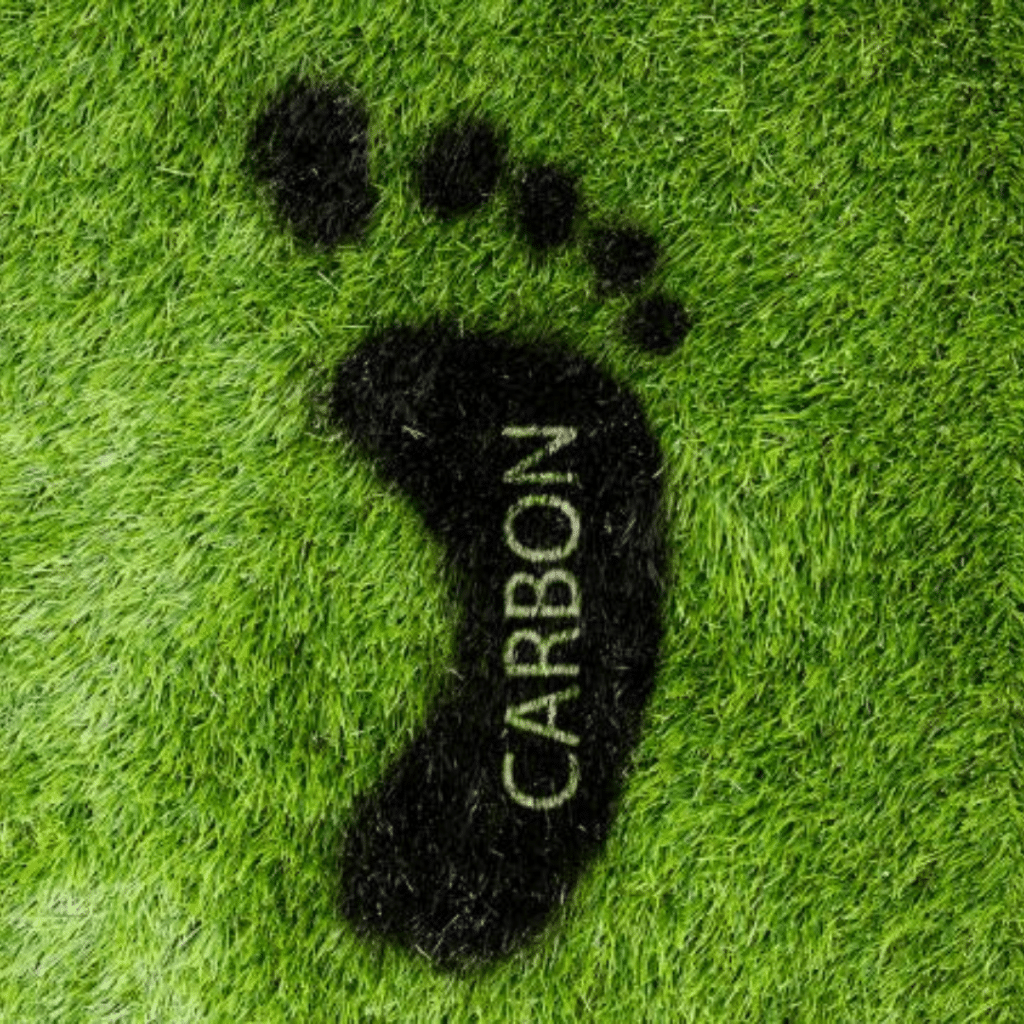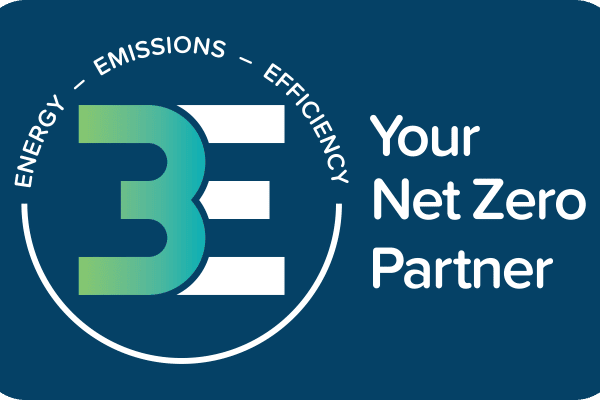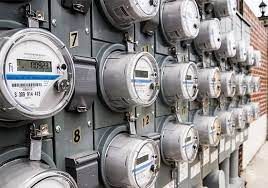The global pandemic has derailed the goals of many nations to decarbonise, as per the Paris Climate Agreement. Global carbon emission reduction targets were on target when the pandemic started. However, as countries start to recover from the pandemic-induced economic recessions, carbon emissions are now rising, and they may even surpass pre-pandemic levels.
A 7% global decline in carbon emissions was recorded during the start of the COVID-19 pandemic. It was also reported that 33.4 gigatonnes of CO2 emissions were expected to decrease in 2020. Experts saw it as the lowest numbers since the end of the Second World War in 1945. Still, the world’s dependency on fossil-based fuel sources and the lack of political frameworks threatens these goals.
The International Energy Agency (IEA)’s Executive Director, Dr Fatih Birol, believes that governments around the world need to include “green energy policies” in their economic stimuli. He also mentioned that “If in the next few months governments do not put the right clean energy policies in place, we may well be returning to our carbon-intensive business as usual.” The task may sound daunting, but it is an absolute necessity.
- Australia Heeds the Call to Decarbonise
- Carbon Emission Reduction Projects Is a Jobs Machine
- Redesigning Energy Infrastructure For Climate Change Resiliency
- Ecosave’s Role In Helping Reduce GHG Emissions For Post-Pandemic Recovery
Australia Heeds the Call to Decarbonise
Answering the call to bear arms against the ill effects of climate change, Australia’s carbon emission reduction target post-pandemic focuses on decreasing its dependency on fossil-fuel-based energy plants. It will invest heavily in sustainable energy and divest from carbon-based fuel resources.
Every state and territory in Australia has committed to realise the country’s Net-Zero goal by 2050. Climate Council’s Amanda McKenzie expressed her concern for Darwin. She revealed that if “Darwin is in the climate firing line, and if climate change continues unabated, then the city is expected to experience 43 days above 35 degrees on average each year by 2030 and up to 265 by 2090.”
Carbon Emission Reduction Projects Is a Jobs Machine
McKenzie believes that the Northern Territory’s carbon emission reduction projects will create new jobs for its citizens. In fact, local councils can leverage energy efficiency to create a well-oiled jobs machine. Basic residential or commercial building retrofit projects will help skilled tradesmen keep their jobs.
Another benefit of having these projects is to support both homeowners and local businesses realise their own sustainability goals. They can monitor and track their monthly energy consumption. These also allow Councils to offer facility upgrades to their constituents.
Redesigning Energy Infrastructure For Climate Change Resiliency
Aside from leveraging renewable energy, the country’s current infrastructure also needs to be redesigned for climate resiliency. Some of the catastrophic effects of climate change are powerful cyclones, bushfires, and above-average rainfall. Due to these, water, telecommunications, the electrical grid are prone to damage. If these infrastructures sustain heavy damage during extreme weather phenomena, the effects on the economy and lives of people are immeasurable.
One example of future-proofing Australia’s resiliency to climate change is its plan to switch to large-scale battery storage. Harnessing solar power and other renewable sources of energy needs a reliable energy storage system, which these batteries can provide. They will help the country decrease its dependency on traditional power plants and move forward with its plans to recover post-pandemic.
Several sustainable power projects are currently in Australia’s pipeline. Wind and solar energy generators, totalling 4,000MW, are being developed, while an additional 3,000MW renewable energy project is also in the works. Almost a third of the country’s greenhouse gas emissions are from coal-fired power plants.
Is Another Global Pandemic Necessary To Meet The Paris Agreement?
Former UN Secretary-General, Ban Ki-Moon, shared his thoughts on the world’s struggle to rebuild after the pandemic. He pointed out that “If we do not keep global temperatures at 2 Celsius, society itself will cease to exist by the year 2100.” Ban also reminded world leaders not to delay their sustainability targets due to COVID-19. He believes that a balance must be brought between economic survival and saving the environment.
Realising the goals set by the Paris Agreement does not need another global pandemic. Robust policies and plans for economic recovery and clean energy are what the world needs now. The future is clean if world leaders start to realise that green recovery is the key to boost the economy.
Ecosave’s Role In Helping Reduce GHG Emissions For Post-Pandemic Recovery
As an independent Energy Services Company (ESCO), Ecosave supports the Australian government with its plans for a “green economy” post-pandemic. Ecosave’s goal to help its clients conserve and manage its resources is in line with the country’s goal to reduce GHG emissions by 2030 and net zero emissions by 2050.
Ecosave’s sustainability experts can help your organisation save money, energy, and become sustainable by phoning us at 1300 55 77 64 or Request a Free Call Back today!





